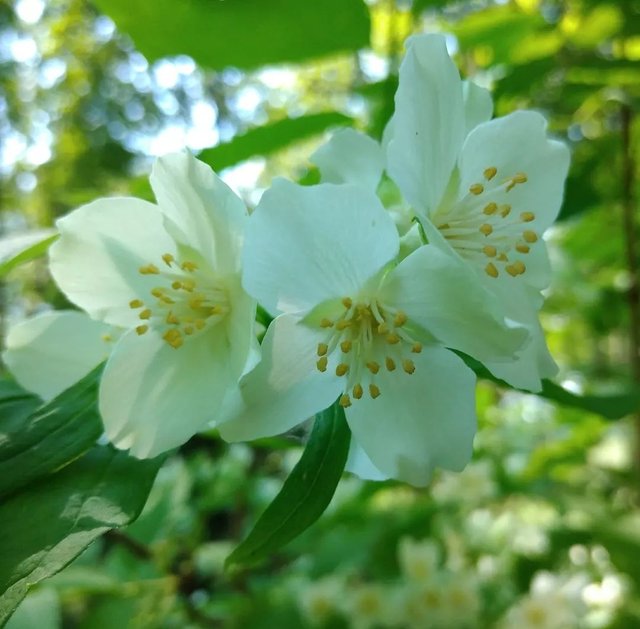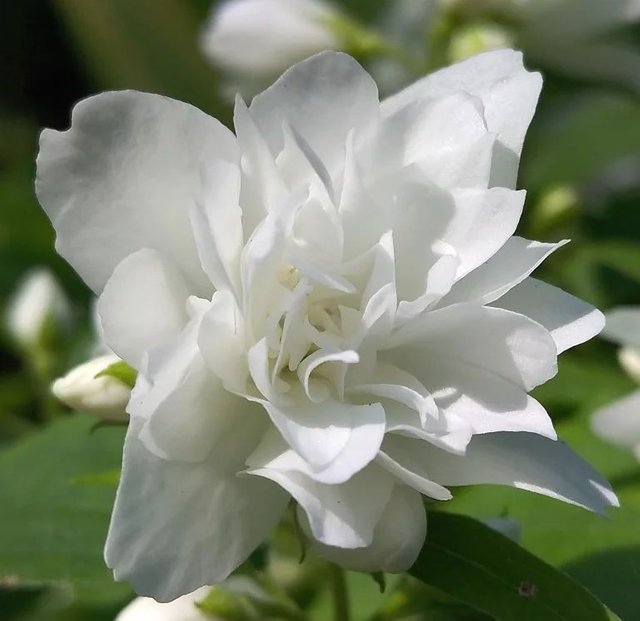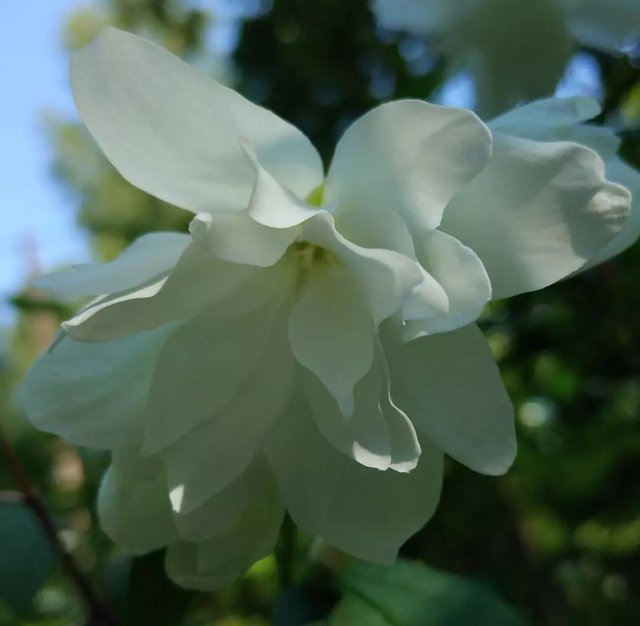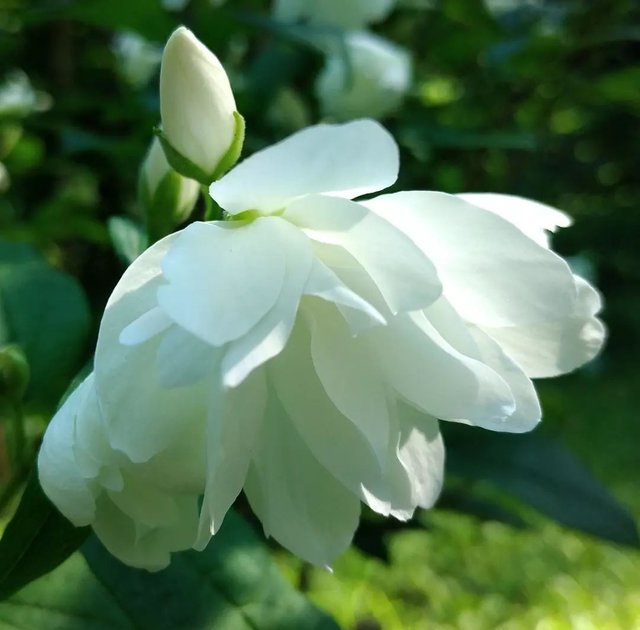Philadelphus coronarius: The Fragrant Beauty of Mock Orange Blossoms




In the enchanting world of ornamental shrubs, Philadelphus coronarius, commonly known as the Mock Orange, stands out as a timeless favorite among garden enthusiasts. This deciduous shrub, native to Southern Europe, boasts not only a profusion of delicate, white blossoms but also a captivating fragrance that elevates the garden experience to new heights.Philadelphus coronarius exhibits graceful arching branches adorned with opposite, simple leaves. The leaves are dark green and ovate, providing an elegant backdrop to the star attraction – the fragrant flowers. Typically growing to a height of 6 to 10 feet, this shrub is known for its rounded and bushy form, making it an excellent choice for both formal and informal garden settings.The Mock Orange earns its name from the resemblance of its blossoms to those of the orange tree. The showy, four-petaled flowers, measuring around 1 to 2 inches in diameter, form clusters that cover the shrub in late spring to early summer. The pristine white petals exude a sweet and citrusy scent, creating an immersive olfactory experience that lingers in the air, reminiscent of an orange grove in full bloom.Beyond its ornamental appeal, Philadelphus coronarius has cultural significance. In various cultures, the white blossoms symbolize purity and innocence, while the fragrance is associated with love and happiness. The plant's versatility extends to its use in floral arrangements, where its blooms add a touch of elegance and romance.Cultivating a thriving Philadelphus coronarius in your garden requires attention to its preferred growing conditions. Mock Orange thrives in well-drained soil with a preference for full sun to partial shade. Regular pruning, ideally after flowering, helps maintain its shape and encourages robust growth. Adequate watering and a layer of organic mulch contribute to the overall health of the shrub.
Gracias
